A Wider Look at Jiu-Jitsu: Past, Present, and Everything In Between

Every once in a while, jiu-jitsu hands you a moment that forces you to zoom out. A moment that reminds you this art didn’t start in a garage in Rio, nor did it magically appear the first time Royce stepped into the Octagon. So let’s kick things off with a little historical antidote.
Picture ancient Greece. Pankration. A competition where the official rules were “try not to die.” A mix of striking, wrestling, chokes and joint locks, performed in front of crowds the size of modern football stadiums. If you dropped a modern jiu-jitsu practitioner into that dusty arena, they’d recognize the scrambles, the submissions, the clinch work, and the “don’t embarrass yourself in front of the entire city-state” energy.
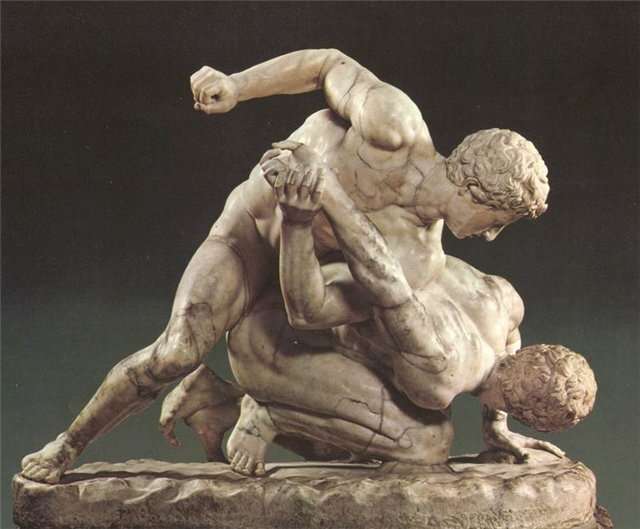
Jump ahead a couple thousand years and travel east. Japan. The birthplace of jujutsu. The original concept of yielding, redirecting force, and using leverage long before any of us were arguing online about tournament rule sets. These roots branched into judo. Into sambo. Into catch wrestling’s “catch as catch can” mindset. Into early vale tudo. And eventually into the modern Brazilian expression of jiu-jitsu that many of us train today.
Even Khabib Nurmagomedov jumped into the lineage debate when he wore the now-iconic shirt that read, “If sambo was easy, it’d be called jiu-jitsu.” Whether you loved the joke or not, he wasn’t wrong about the shared DNA.

These arts all talk to each other. They always have.
And that brings us to the present.
The world just watched the 2025 Ju-Jitsu World Championships in Bangkok. For many of our readers, the version of Ju-Jitsu with a hyphen and a classical spelling might feel foreign at first glance. But this is exactly why it deserves a closer look.
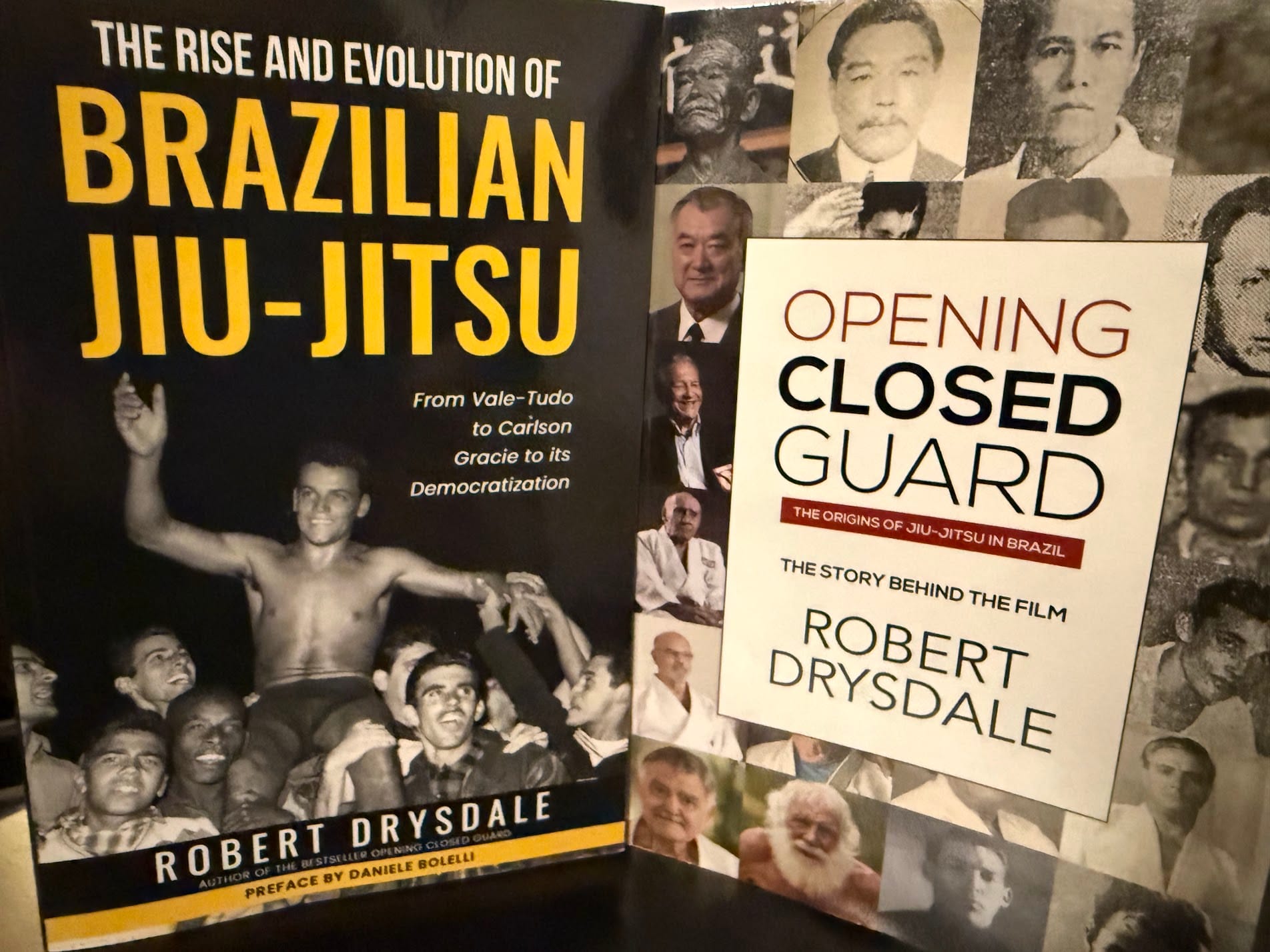
The Beautiful Messiness of Jiu-Jitsu History
If you open Robert Drysdale’s books “Opening Closed Guard” or “The Rise and Evolution of Brazilian Jiu-Jitsu,” you’ll find something interesting. The story of jiu-jitsu has never been linear. It’s a globe-spanning, language-shifting, culturally layered timeline with more twists than a John Wick fight scene.
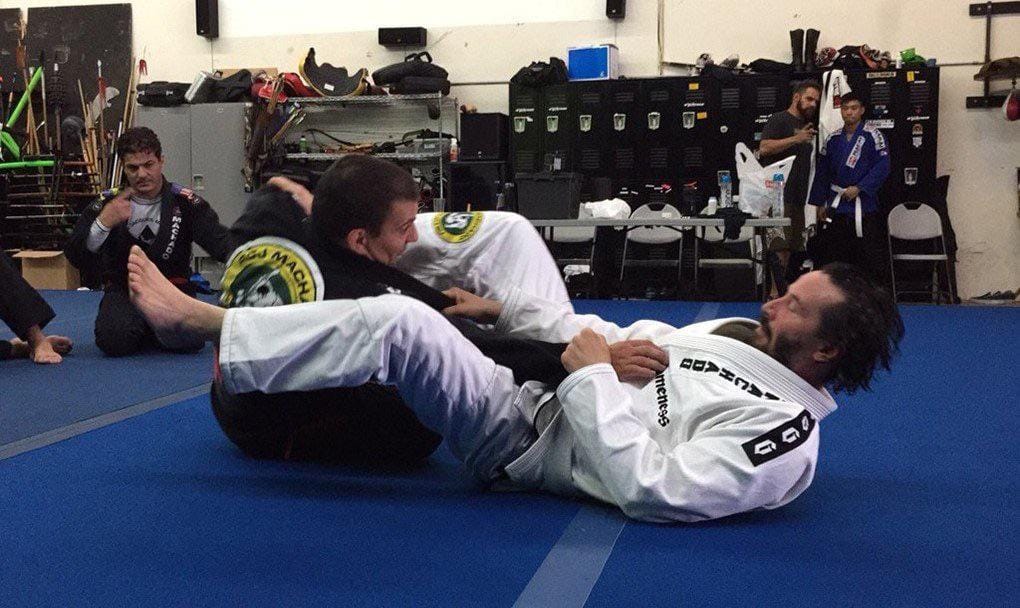

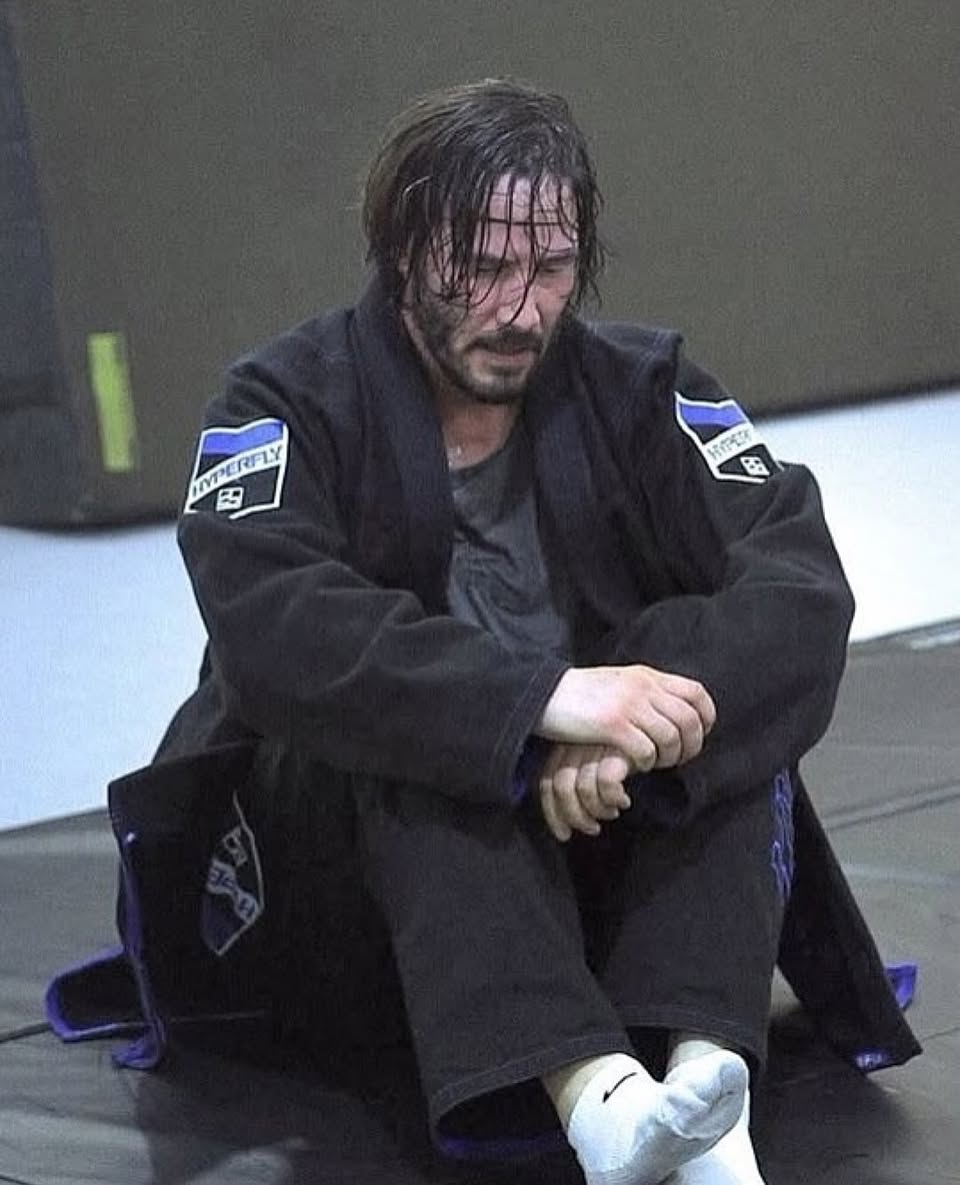
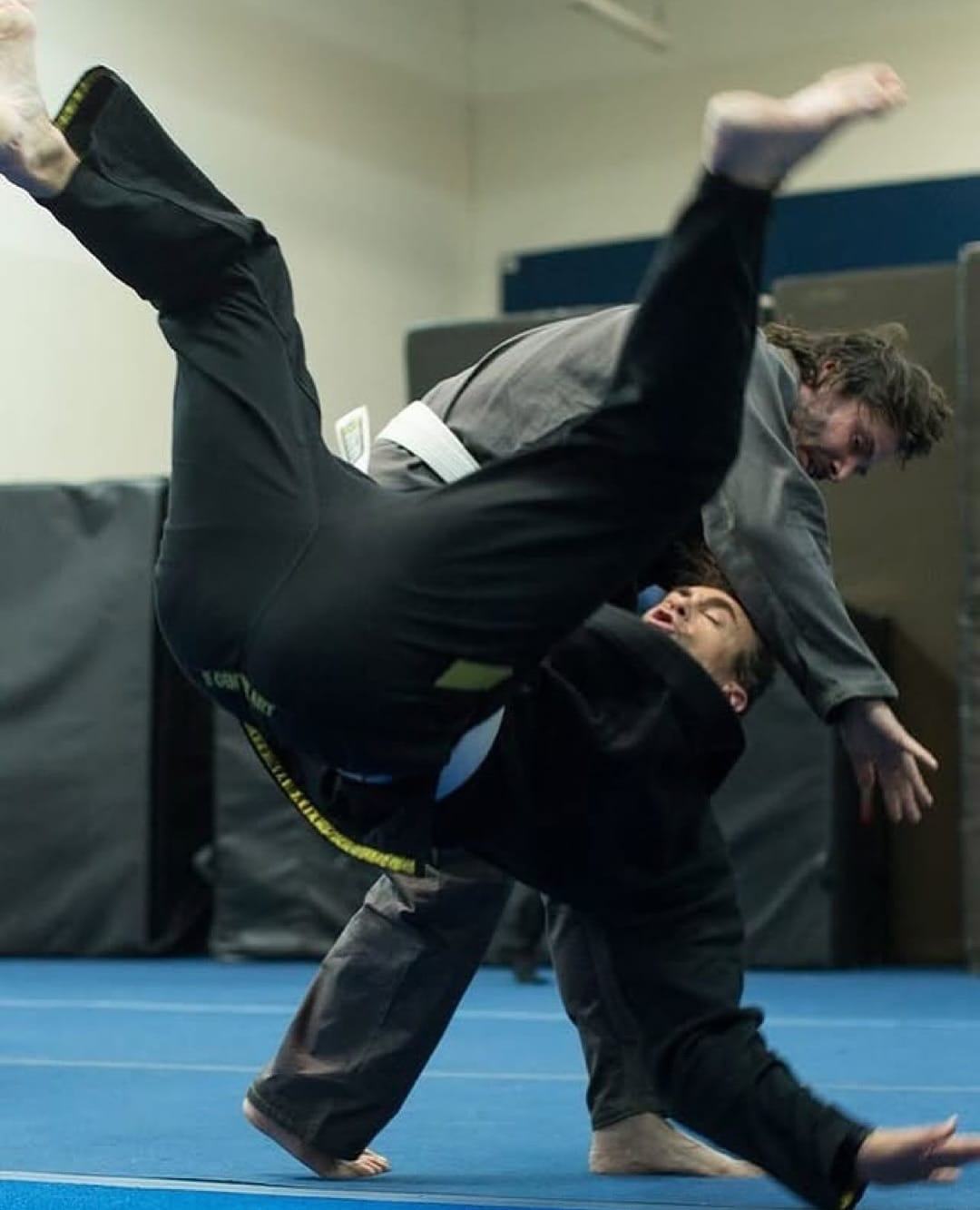

And speaking of John Wick, let’s acknowledge the elephant in the action-movie room. Jiu-jitsu has become the star guest in modern choreography. Hollywood directors now treat flying triangles, armbar counters, and technical rear naked choke escapes like mandatory seasoning in their fight scenes. If a blockbuster doesn’t feature at least one slick jiu-jitsu transition, audiences feel like something’s missing.
That influence extends beyond entertainment. Military and law enforcement agencies worldwide have rewritten entire combatives curriculums to include jiu-jitsu principles. Control. Leverage. Positional dominance. Non-lethal resolution. Whether it’s Army MACP, Marine Corps MCMAP, police defensive tactics, or specialized units adopting grappling-heavy doctrine, jiu-jitsu is now recognized as essential training for real-world encounters.
Jiu-jitsu is everywhere. Because it works everywhere.
So What’s This JJIF Style All About?
The Ju-Jitsu International Federation’s format showcases the wider family tree:
• Fighting System matches where striking, takedowns, and ground grappling all blend
• Duo routines that emphasize timing, coordination, and technique chains
• Show performances that highlight artistic expression and martial athleticism
• Newaza divisions that feel instantly familiar to any grappler
• Para Ju-Jitsu that demonstrates courage, precision, and pure heart
• Team events filled with strategy, chemistry, and national pride
• Contact formats that echo MMA but with a structured ruleset
Some jiu-jitsu practitioners might squint at the choreographed elements. Others will appreciate the rhythm, the transitions, the storytelling, and the athletic mastery involved. Every reaction is valid. That’s the beauty of this.
The larger point is simple. This is not separate from jiu-jitsu. This is part of the story.
Why This Matters To Our Community
Jiu-Jitsu Magazine has covered this art’s evolution from multiple angles. The modern sport scene. The self-defense roots. The crossover grapplers. The cinematic impact. The military and law enforcement adoption. The cultural growth. The global tournaments.
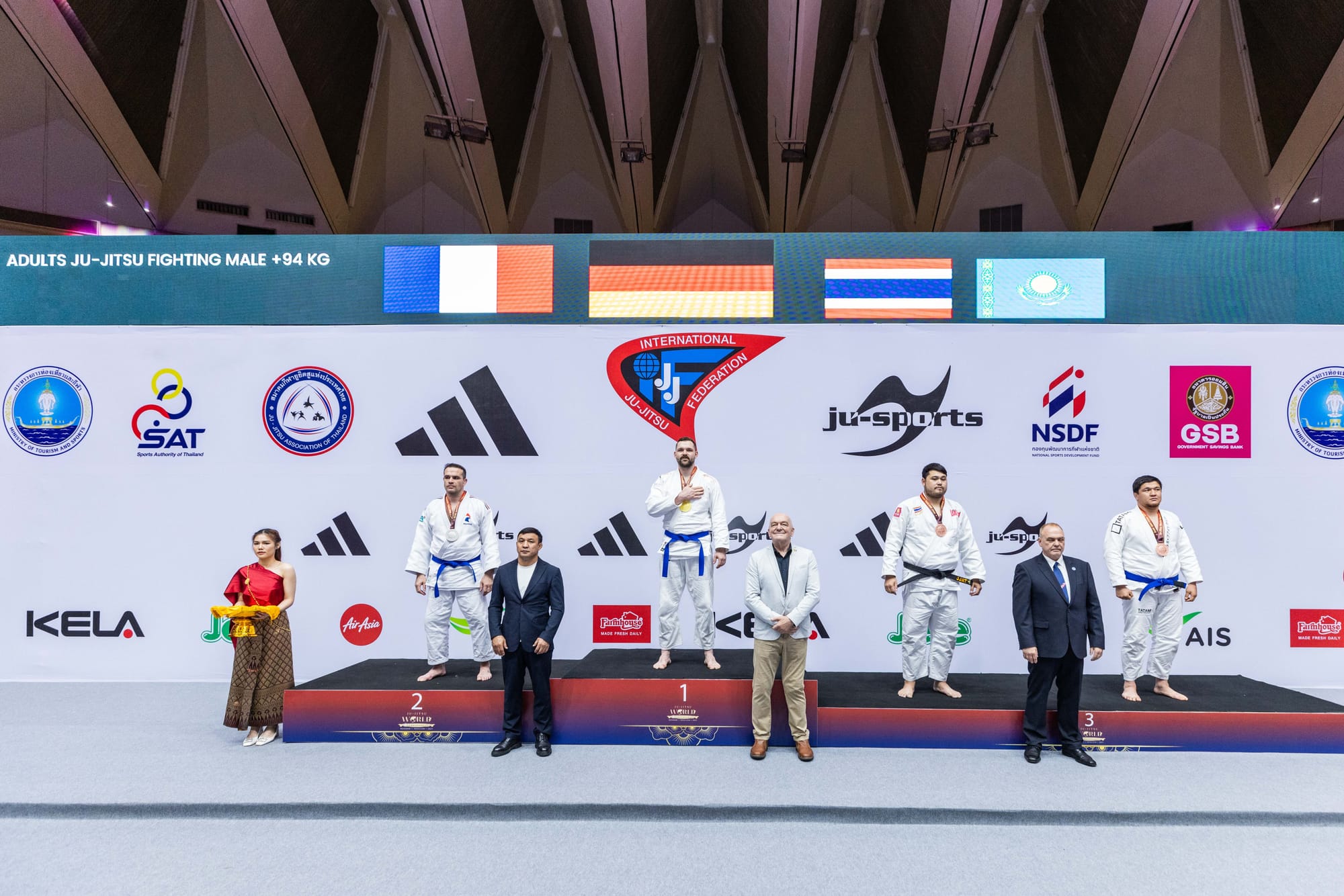
Adding JJIF Ju-Jitsu to that coverage isn’t a departure. It’s an expansion.
Because if Pankration was the ancestor
If catch wrestling was the cousin
If sambo was the sibling
And if the Brazilian expression of jiu-jitsu became the global phenomenon we know today
Then JJIF Ju-Jitsu is the branch of the family many practitioners simply haven’t been introduced to yet.
The 2025 World Championships in Bangkok put that entire spectrum on display. Striking. Grappling. Artistry. Team formats. Para divisions. Historical lineage meeting modern production.
And now it’s time for our audience to see it.
What’s Coming Next
Over the next several days, we’ll be releasing daily reports from each of the championship’s six days of action. This coverage will help you understand the athletes, the formats, the scoring, the standout nations, and the unique energy that defines this global tournament.
Think of this as your guided tour into a wider jiu-jitsu universe.
You don’t need to adopt every aspect of it.
You don’t need to fall in love with kata.
You don’t need to start practicing Duo routines.
But opening your perspective strengthens your connection to the entire lineage of the art we honor every day on the mats.
And that part is worth celebrating.
Courtesy of: Ju-Jitsu International Federation
Our Partnership with Icarus Sports
As we begin opening this wider lens on the global landscape of jiu-jitsu, we’re also proud to announce a new collaboration with Icarus Sports Media. They are one of the world’s leading sports media companies, producing more than 2,800 hours of filmed content each year and covering over 200 international events across 160 countries. Their in-house shows, large-scale productions, and global broadcast partnerships have helped elevate everything from Olympic sailing to emerging combat sports.
Together, Jiu-Jitsu Magazine and Icarus Sports will be working to bring greater visibility to JJIF Ju-Jitsu events and to the broader ecosystem of martial arts they support, including their growing slate of MMA partnerships. This collaboration will allow us to give our readers deeper access, more context, and richer storytelling as jiu-jitsu continues to evolve on the world stage.
This is a chance to connect the entire grappling community to a wider world of competition, culture, and history. And we’re excited to help lead that conversation forward.
